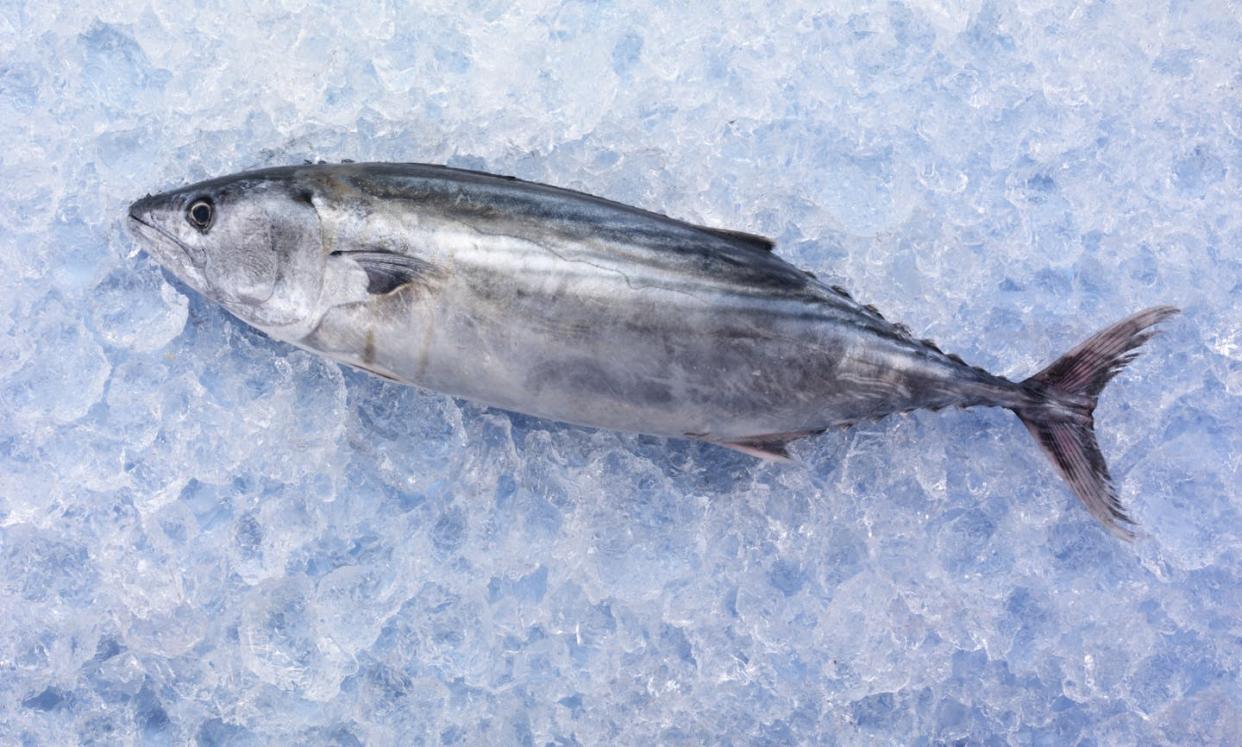Good for your health and the environment: why we should be eating oily fish

A range of economic, nutritional, religious and ideological factors influence our diets. The key, however, lies in finding a balance that cares for both our health and that of the planet.
The traditional Mediterranean and Atlantic diets are two options that meet these requirements. Fish plays an important role in both, providing flavour as well as nutritional value.
Globally, annual per capita fish consumption has almost doubled over the last 50 years, from 10.75kg in 1970 to 20.03kg in 2021. It has grown exponentially in China, where the average person ate 4.58kg in 1970, and 39.87kg in 2021, and has also grown significantly in the EU, where annual consumption has increased by 40%, from 16.58kg to 23.44kg in the same period.
Oily fish is defined as fish with a proportion of fat higher than 5-6% of their muscle mass: sardines, longfin tuna, mackerel and horse mackerel are some the most well known examples.
Oily fish has been part of many countries’ cultural heritage throughout history. In Spain, for example, sardines are integral to the San Juan festivities in June, while the coastal fishing season for longfin tuna is also traditionally followed due to the seasonal migration of fish in search of nutrient-rich waters and suitable temperatures for breeding and feeding.
Oily fish as part of a healthy diet
On a nutritional level, oily fish stands out thanks to three important components:
Polyunsaturated omega-3 fatty acids, which can help to protect against cardiovascular disease and other illnesses.
Peptides – protein molecules made up of two or more amino acids – which have various health benefits such as preventing or treating conditions like high blood pressure, diabetes and obesity.
High vitamin content (notably vitamins A, D and E) and other micronutrients such as magnesium, selenium and iodine.
The benefits of this combination of nutrients have been demonstrated by the GALIAT (Galician Atlantic Diet) project, led by the Santiago de Compostela University Hospital. The project consists of a series of clinical trials to determine the effects of the traditional Atlantic diet on the general population. The results show a reduction in metabolic syndrome – a group of conditions that increase the risk of heart disease and diabetes.
Sustainable fishing practices
The fishing season for sardines, mackerel and horse mackerel runs, with varying intensity, from May to October. Plankton – which these fish eat – is more plentiful at this time of year, giving the fish a higher fat content and a better flavour.
The most common method used to catch oily fish is known as “seine” fishing, one of the most environmentally friendly fishing techniques in use today:
It produces little to no bycatch (the unwanted part of the catch that is not kept and is thrown back into the sea). Because this technique involves surrounding a shoal of fish with a net in order to catch them, it carefully targets the desired catch, meaning it does not trap or harm other species, thus helping to protect biodiversity.
Taking every stage of production into account, its overall carbon footprint is one of the lowest among all sources of dietary protein. Horse mackerel fishing, for example, produces an average footprint equivalent to 550g of CO2 per 100g of protein, while sardines produce 646g of CO2 per 100g protein. This puts oily fish on a par with dairy products, vegetables and legumes, and lower than most fruits and meat.
Oily fish and traditional cooking
Fish consumption is part and parcel of the evolution of Homo sapiens. For hundreds of thousands of years our species has incorporated it as a staple food, and its preparation has been perfected throughout history.
Oily fish lends itself to a multitude of uses in the kitchen, from simple grilling or griddling to more elaborate dishes like tataki or papillote. One advantage of oily fish is that it is easy to clean and bone, meaning it can be included in children’s diets.
Given such a wide range of uses, along with its nutritional benefits and low environmental impact, this type of fish should be making regular appearances on our plates.
Este artículo fue publicado originalmente en The Conversation, un sitio de noticias sin fines de lucro dedicado a compartir ideas de expertos académicos.
Lee mas:
Gumersindo Feijoo Costa no recibe salario, ni ejerce labores de consultoría, ni posee acciones, ni recibe financiación de ninguna compañía u organización que pueda obtener beneficio de este artículo, y ha declarado carecer de vínculos relevantes más allá del cargo académico citado.

